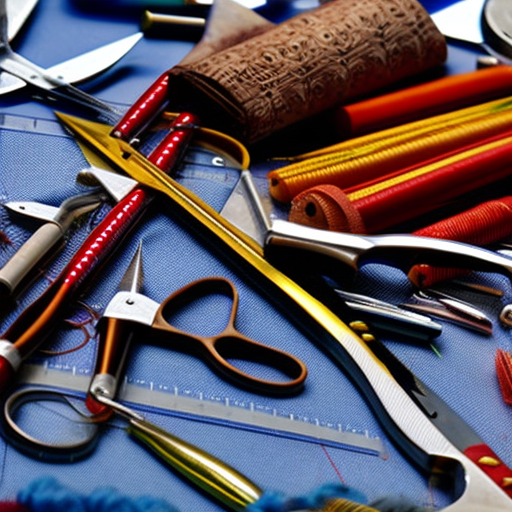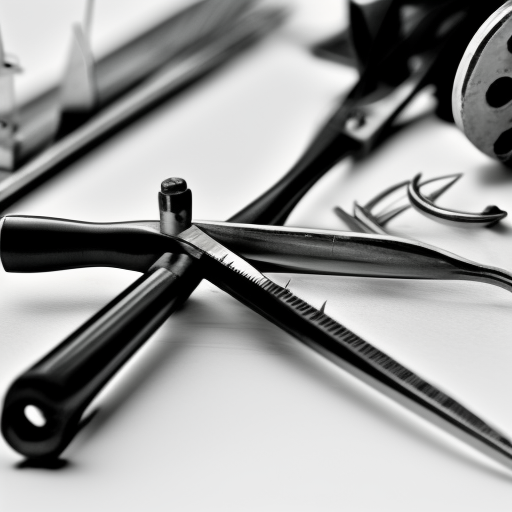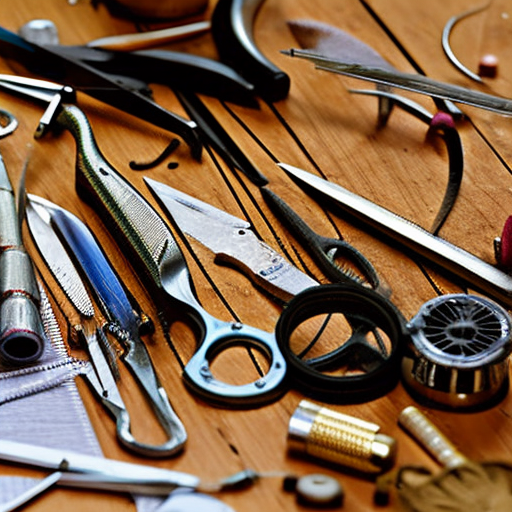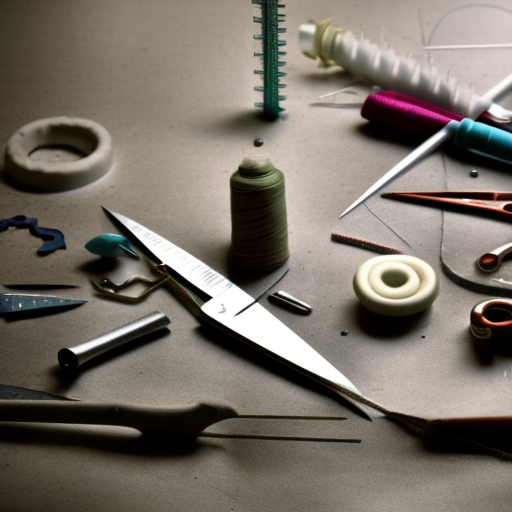For beginners or seasoned sewing enthusiasts, a sewing machine is an essential tool for creating beautiful garments and other fabric-based creations. With so many options available in the market, it can be overwhelming to choose the right sewing machine for your specific needs. To help make the purchasing process easier, we have created a comprehensive sewing machine buying checklist that covers all the essential factors to consider before making a decision.
1. Determine your sewing needs
Before you start browsing for sewing machines, it’s crucial to understand your sewing needs. Are you a beginner looking for a basic sewing machine, or do you need a more advanced machine with additional features? Do you plan to use it for simple sewing or for heavy-duty projects like quilting and embroidery? Knowing your requirements will help you narrow down your options and choose a machine that caters to your specific needs.
2. Consider your budget
Sewing machines come in a variety of price ranges, so it’s essential to set a budget and stick to it. While it is tempting to splurge on a high-end machine, it’s important to consider your budget and look for a machine that fits within it. Keep in mind that a more expensive machine doesn’t always guarantee better quality, so prioritize your needs and make a practical decision.
3. Check the types of stitches
Sewing machines come with various stitch options, from basic straight stitches to fancy decorative stitches. The more stitches a machine has, the more versatile it will be. However, if you only plan to use your machine for basic sewing projects, then a machine with fewer stitch options may suffice. On the other hand, if you plan to use your machine for more complex projects, invest in a machine with a wider range of stitches.
4. Look at the sewing machine’s speed
The speed of a sewing machine is measured in stitches per minute (SPM). The higher the SPM, the faster the machine can sew. If you are a beginner, a machine with a moderate speed is suitable. However, if you are an experienced sewist or plan to use the machine for commercial purposes, look for a machine with a higher SPM for faster and more efficient sewing.
5. Take into account the type of material you will be sewing
The type of fabric you will be using is an important factor to consider while buying a sewing machine. If you will be working with heavy fabrics like denim or leather, you will need a machine that can handle thicker materials. On the other hand, if you plan to sew delicate fabrics like silk or chiffon, a machine with adjustable speed and tension control will be more suitable.
6. Evaluate the machine’s features
Apart from basic stitches, most sewing machines come with additional features like automatic thread cutter, needle threader, and adjustable presser foot pressure. These features can make your sewing experience more convenient and enjoyable. Consider which features are important to you and look for a machine that has them.
7. Read reviews and do thorough research
Once you have a few models in mind, read reviews and do some research to get a better understanding of each machine’s performance and durability. You can find reviews online or ask for recommendations from fellow sewists. It’s also a good idea to visit a sewing machine store and try out the machines in person to get a feel for them.
Conclusion
A sewing machine is a significant investment, and choosing the right one is crucial for your sewing journey. By following this sewing machine buying checklist, you can ensure that you make a well-informed decision and choose a machine that not only fits your budget but also caters to your specific sewing needs.





Great information here! #sewingmachine
Keyona Adams: Love this! Thanks for the guidelines.
This is an incredibly helpful post! It’s useful for anyone looking to make an informed buying decision about a sewing machine, no matter their skill level. #sewingmachine
This is super helpful. Definitely saving this for future reference! #sewingmachine